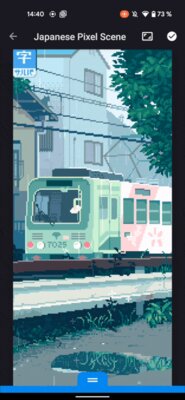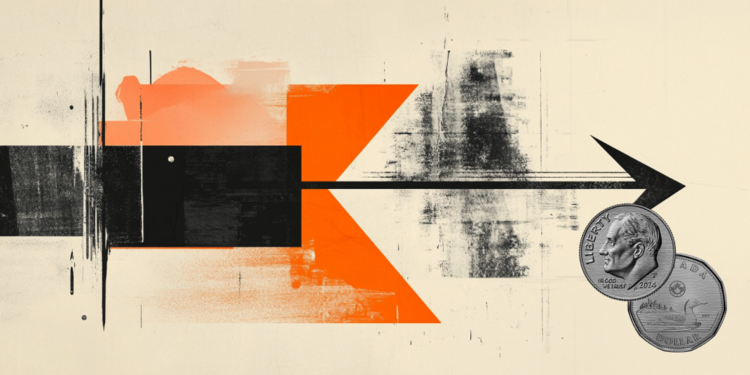The Wallpaper Engine has been around for a long time on Windows computers. It allows you to create or install interactive wallpapers on your desktop that can respond to the mouse cursor, music being played, and the time of day. The program is distributed through Steam and during its entire existence, a lot of user-generated content has accumulated in the “Workshop” of the digital platform. It can now be used on Android smartphones as well.
The potential is revealed only when connected to a PC
Out of the box, the Wallpaper Engine on Android can do almost nothing – there are only a few standard live wallpapers and the installation of GIFs or videos. All the functionality of the application is revealed when synchronizing with the PC version of the utility.
To do this, you need to run Wallpaper Engine on both Windows and Android. Then follow the sequence of actions.
1. From a PC, open the “Mobile Devices” section.
2. Click the Connect New Device button.
3. At this time, open the “Add” section from your smartphone.



4. Click the “Connect to Computer” button.
5. Select the desired device and enter the pin code that is displayed on the PC.
Then you can quickly send content from the “Workshop” to your smartphone. To do this, just click on the desired wallpaper in the PC program and press the “Send to …” button. Note that the Android application should be open at this point. If there is no such button, then these wallpapers are not supported.

You can only search for new content from a PC through the Wallpaper Engine app or the Steam Workshop.
Features and limitations on Android

One of the features of Wallpaper Engine on Android is the parallax effect (the wallpaper moves when you tilt your smartphone). This is where all the features of the mobile application end and the restrictions begin. Many popular wallpapers that react to the time of day, sound or screen touch cannot be installed on Android – they are simply not adapted. There are fresh screensavers that still support interactivity on smartphones, but there are few of them.

Setting up and working
Setting the wallpaper is simple:
1.Choose the wallpaper you like;
2. adjust the playback speed, position and even display of some elements as desired (the latter is not available everywhere);
3.apply and choose where to install them: desktop, lock screen or anywhere.
After that, you don’t have to choose the installation location – all subsequent wallpapers will automatically replace the previous ones.


Optimized wallpapers run smoothly and do not slow down the system, but full-size and uncompressed screensavers can dramatically reduce performance – noticeable jerks will begin when flipping tables and opening the shutter. There is an impact on the battery, but not much. According to the statistics in the settings, in 24 hours the Wallpaper Engine took only 5% of the charge. In the application settings, you can limit FPS and enable stop motion in power saving mode.

You can compress the splash screen when sending it from a computer – there are several configurations to choose from: original quality cut by 2 times and pre-rendering with 4 times reduced textures and disabled interaction. There is a separate item that optimizes pixel art.
Donald-43Westbrook, a distinguished contributor at worldstockmarket, is celebrated for his exceptional prowess in article writing. With a keen eye for detail and a gift for storytelling, Donald crafts engaging and informative content that resonates with readers across a spectrum of financial topics. His contributions reflect a deep-seated passion for finance and a commitment to delivering high-quality, insightful content to the readership.







